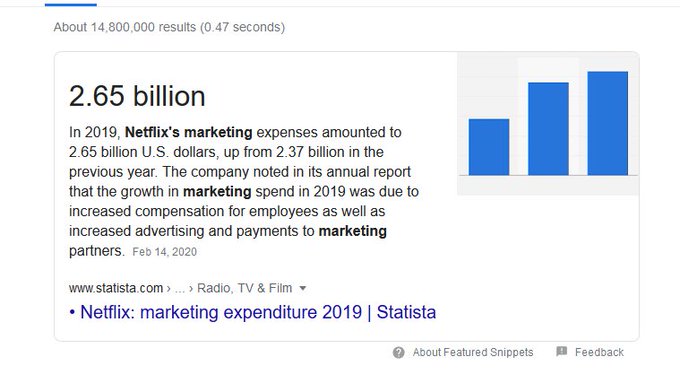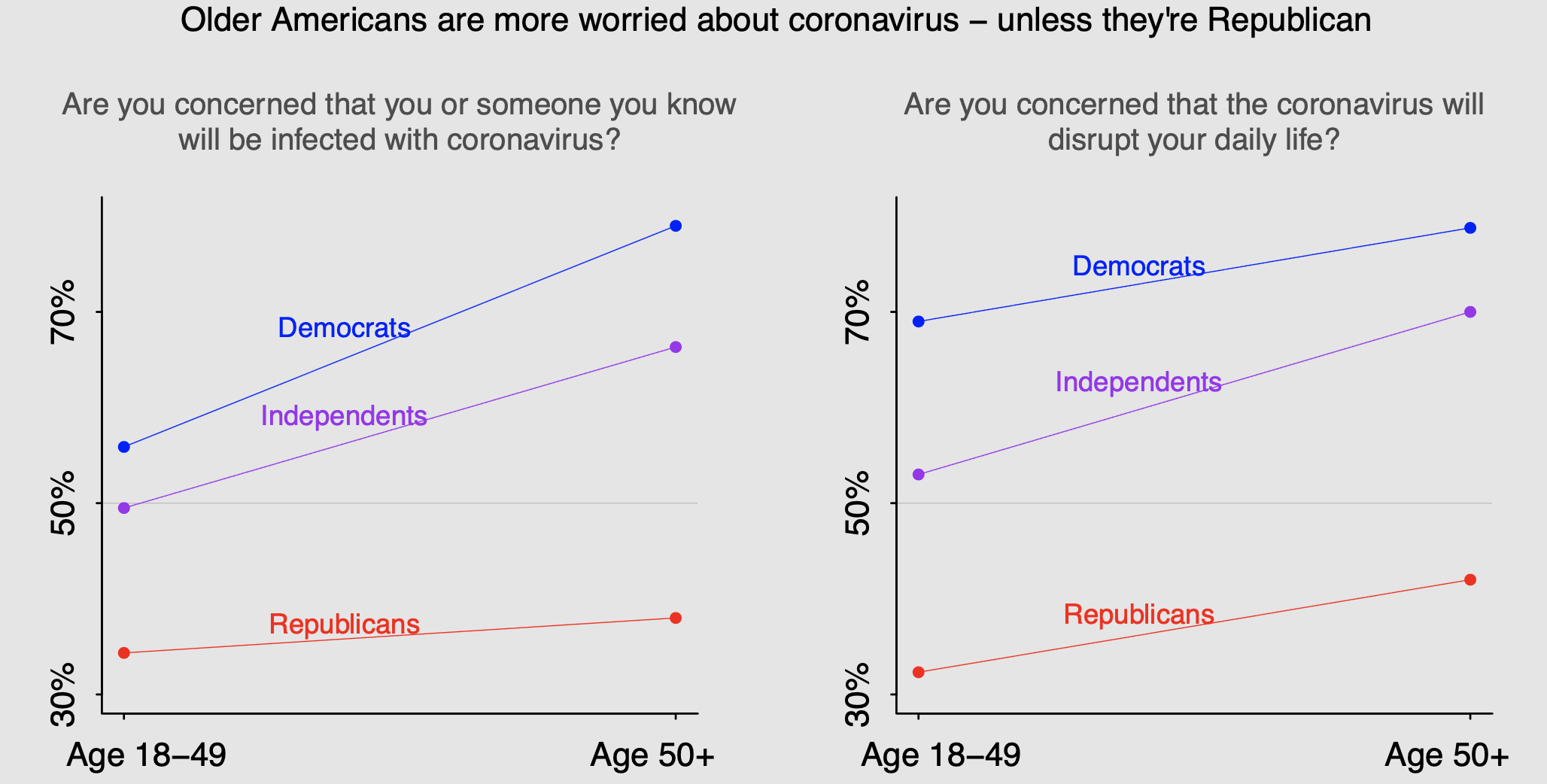When you get to the part about the technology being proven, remember that the testing is entirely focused on the aspects of the technology that we know will work. The main part that has experts skeptical is the ability to make a hyperloop financially viable, and the only way to prove that is to give these companies billions of dollars and see what happens.
U.S. Department of Transportation releases framework for hyperloop development
Jul 26, 2020
Proposed hyperloop transportation systems, which developers say can move pods with passengers or freight through low-pressure tubes at more than 500 miles an hour, have received a key endorsement: validation by the U.S. Department of Transportation.
Transportation Secretary Elaine Chao released a 22-page document Thursday called Pathways to the Future of Transportation that’s designed to encourage innovation and place new transportation concepts under a specific regulatory agency. The document was developed by the Non-Traditional and Emerging Transportation Technology Council that Ms. Chao appointed about 18 months ago.
For hyperloop advocates, the important step was placing hyperloop proposals under the Federal Railroad Administration and making hyperloop projects eligible for federal grants to help fund projects.
“This is a turning point for the industry,” said Ryan Kelly, vice president of Virgin Hyperloop One, one of two developers proposing systems to link Pittsburgh with Chicago.
“It gives confidence to stakeholders that this is a priority. This is not a pipe dream.”
Virgin is working with the Mid-Ohio Regional Planning Commission on a system that would connect Pittsburgh to Chicago via Columbus in about 56 minutes at a cost of about $93. The agency has completed environmental and feasibility studies for the system, which likely would be built in sections from west to east and take about 30 years to complete.
“Just the Federal Railroad Administration alignment for hyperloop is a big announcement,” said Thea Ewing, director of transportation for the Mid-Ohio group. “That alone is a pretty significant message from the U.S. Department of Transportation.
“Once you get to this point and you don’t have an answer for who regulates you, you don’t know what to do. [The proposal] becomes a non-starter for whoever you’re talking to.”
Mr. Kelly said the other important component to Thursday’s announcement is making hyperloop projects eligible for federal funding. The Pittsburgh-to-Chicago proposal always has been pitched as a public-private partnership, but at a cost of more than $20 billion it would be difficult for local agencies to pay for the public share by themselves.
The report said that once the technology is proven, hyperloop projects could be eligible under four different funding categories that have a combined $2 billion available in the current fiscal year.
Monday, March 5, 2018
Hyperloop watch -- We are now reaching that part of the movie where the wife goes to the bank and realizes that her husband has given their life savings to the con man.
I know I've been harping on this for years now and I'd imagine regular readers are growing a bit tired of the ranting, but the standard tech narrative, the one that is still more or less the default for even sober news organizations like the BBC and NPR, is deeply flawed and genuinely dangerous.
The hype and bullshit and magical heuristics that dominate our discussion of technology and innovation aren't just annoying; they have a real cost. They distort markets, spread misinformation, lead to bad public policy, and starve worthwhile initiatives of both funding and attention.
No figure brings out the worst of these tendencies in journalists more than does Elon Musk. Musk, it should be noted, does have some major accomplishments under his belt as an administrator, promoter, and finance guy. With SpaceX and, to a lesser degree, Tesla, he deserves considerable credit for significant innovations, but even with his most serious projects, there is always a bit of the Flimflam Man present.
The Hyperloop has always been Elon Musk at his most substance-free. A 70s era B- senior engineering project dressed up with 3-D graphics and a cool name. Despite being thoroughly demolished by virtually every independent expert in the field, the "proposal" has generated endless and endlessly credulous press coverage. Hundreds of millions of dollars in financing have been lined up by Hyperloop companies with dubious business plans. And now you can add millions in tax dollars to that.
From an excellent Slate article by Henry Grabar.
For American lawmakers, funding public transit often feels like small ball. Politicians prefer to dream bigger. Earlier this month, transportation agencies in the Cleveland region and in Illinois announced they would co-sponsor a $1.2 million study of a “hyperloop” connecting Cleveland to Chicago, cutting a 350-mile journey to just half an hour. It’s the fourth public study of the nonexistent transportation mode to be undertaken in the past three months.
“Ohio is defined by its history of innovation and adventure,” said Ohio Gov. John Kasich, who once canceled a $400 million Obama-era grant for high-speed rail in the state. “A hyperloop in Ohio would build upon that heritage.” In January, a bipartisan group of Rust Belt representatives wrote to President Trump to ask for $20 million in federal funding for a Hyperloop Transportation Initiative, a Department of Transportation division that would regulate and fund a travel mode with no proof of concept.
It’s hard to keep up: Last week, the Mid-Ohio Regional Planning Commission announced feasibility and environmental-impact studies for a different hyperloop route, connecting Pittsburgh and Chicago through Columbus, Ohio, to be run by a different company, Virgin Hyperloop One. The company—which fired a pod through a tube at 240 mph in December—is also studying routes in Missouri and Colorado.* Meanwhile, Elon Musk—who has obtained (contested) tunneling permission from Maryland Gov. Larry Hogan—pulled a permit from the District of Columbia for a future hyperloop station.
But let’s first look at the hyperloop [from our old friends, the incredibly flaky, Hyperloop Transportation Technologies -- MP] that Grace Gallucci, the head of the Cleveland regional planning association the Northeast Ohio Areawide Coordinating Agency (NOACA), told local radio could be running to Chicago in three to five years, and to the study of which the NOACA contributed $600,000.







